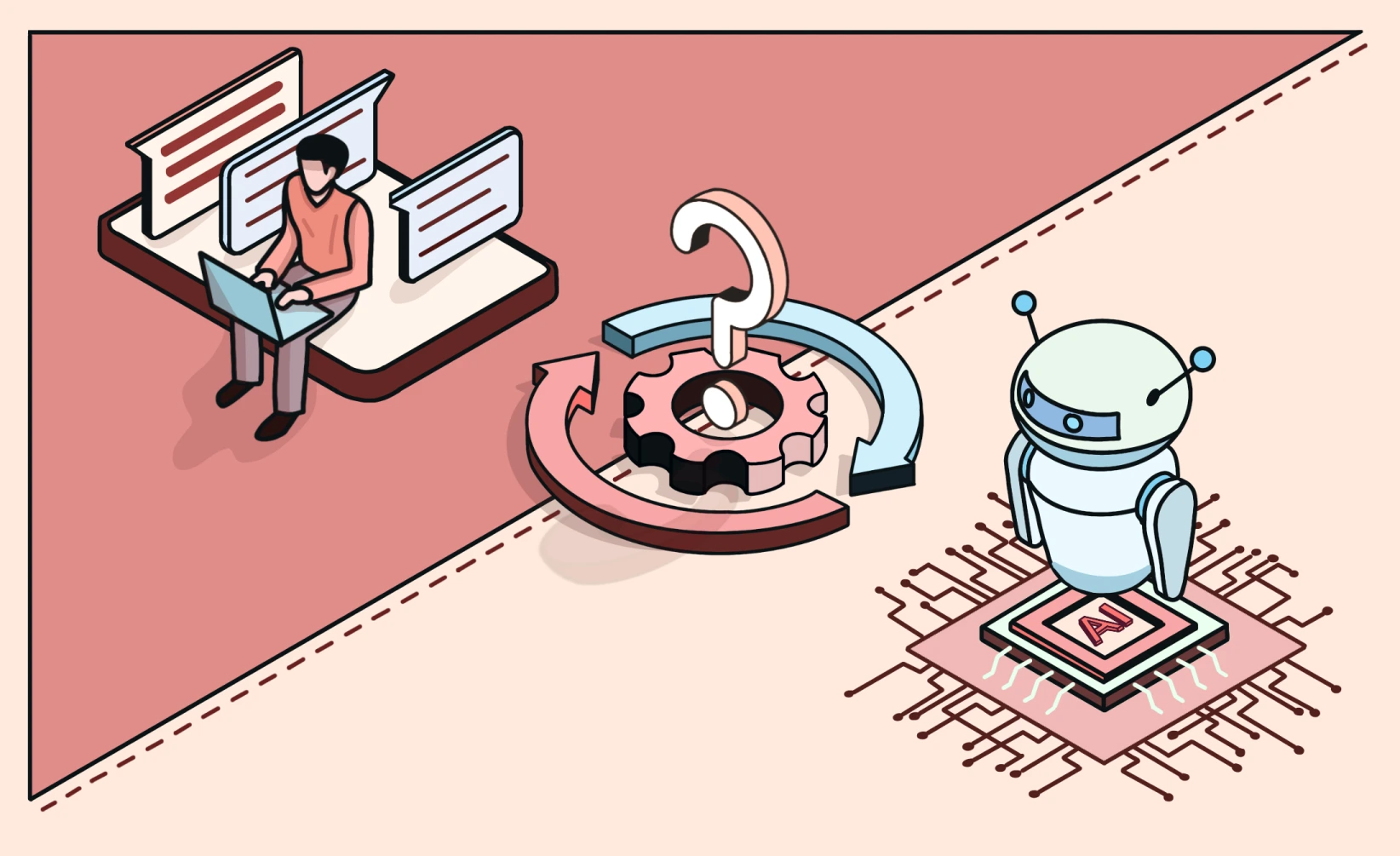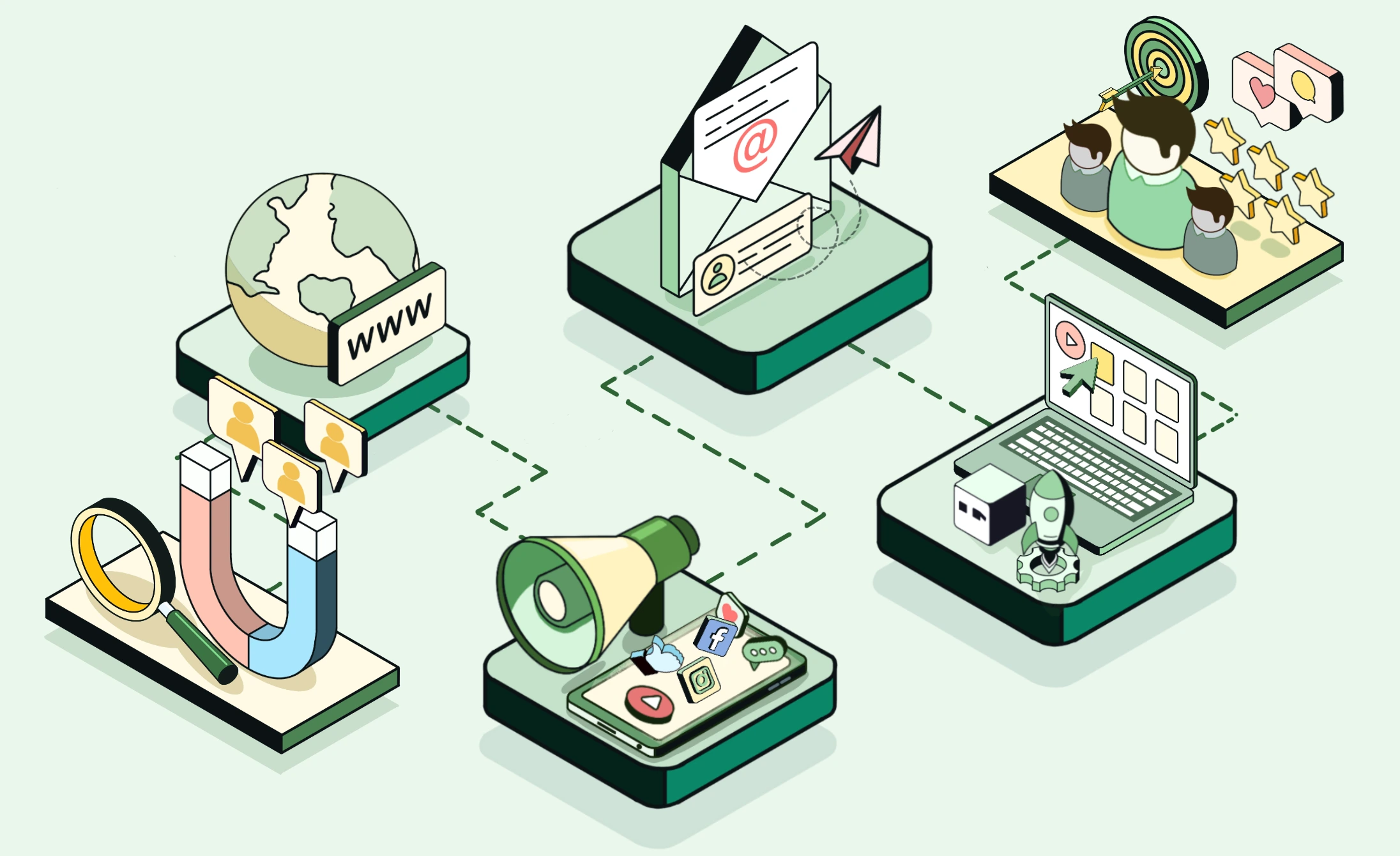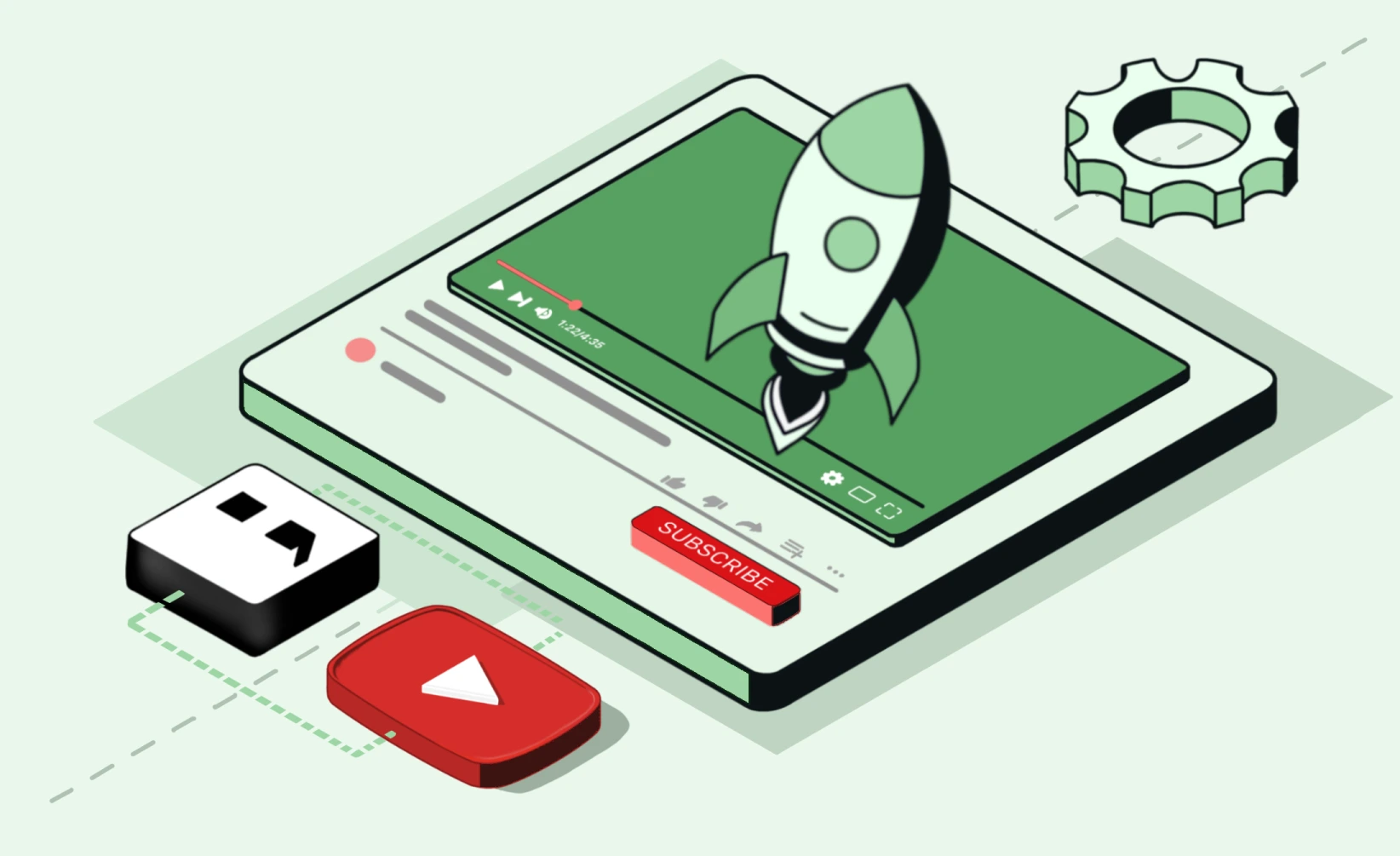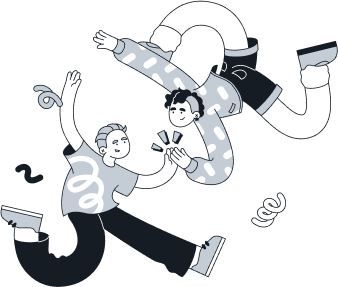In our last article, we explored the foundational idea that AI isn’t a replacement for humans but a collaborator. While AI excels at streamlining processes and analyzing data, humans bring the creativity, empathy, and critical thinking needed to transform these insights into meaningful action.
This article takes that conversation a step further by diving into how AI can be thoughtfully leveraged to amplify human potential rather than disrupt it. We’ll explore the purpose of AI in the workplace, the pitfalls to avoid, and actionable best practices for integrating AI as a powerful partner in your workflows.
Let’s move past fears and focus on the opportunities—here’s how AI can truly support human effort and unlock new possibilities.
The Purpose of AI in the Workplace
AI is not here to replace humans but to enable them. Its value lies in its ability to handle the burdensome, repetitive, and time-intensive aspects of work while freeing people to focus on creativity, strategy, and innovation.
Here’s how AI achieves that:
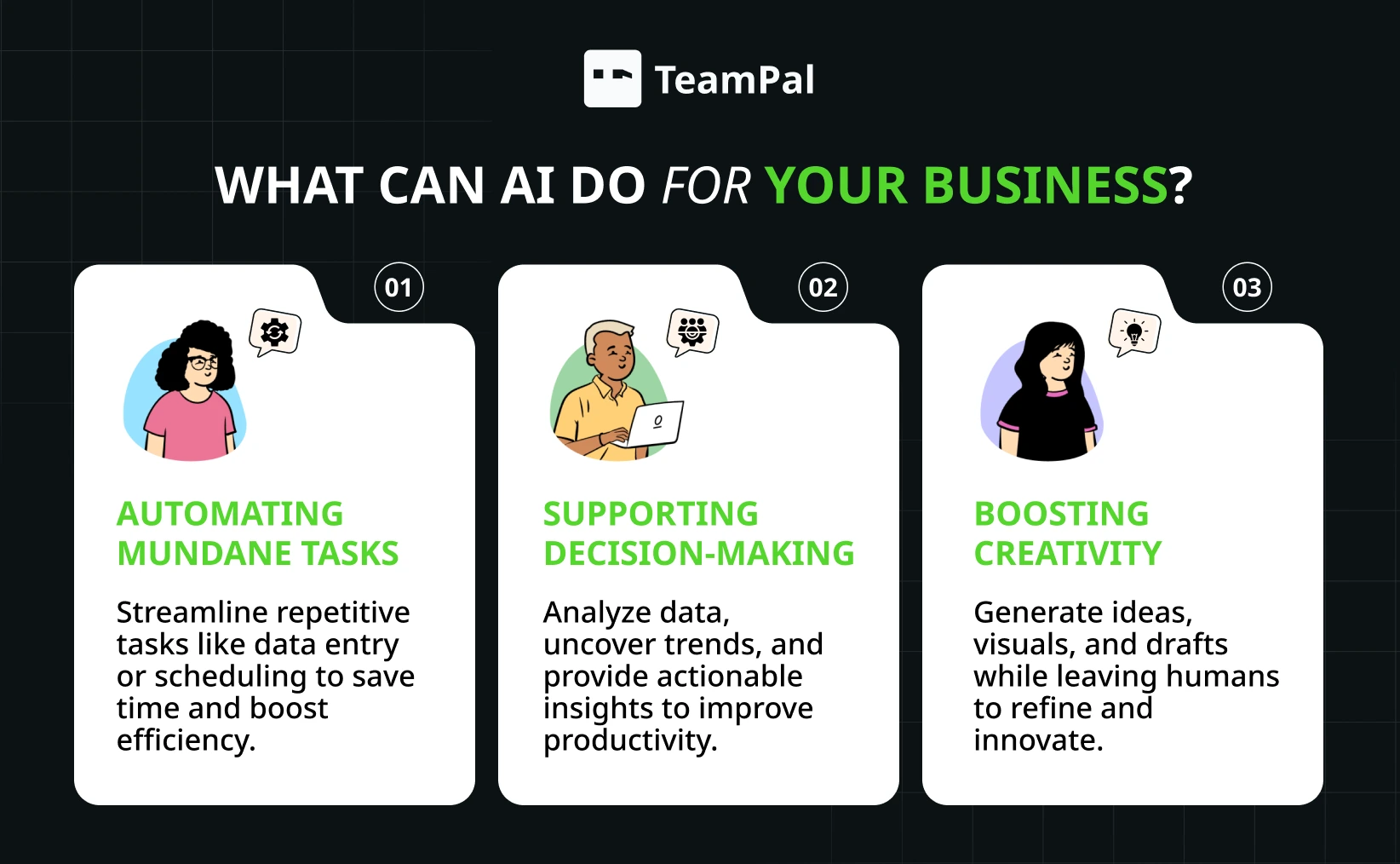
Automation of Mundane Tasks
AI excels at streamlining repetitive activities like data entry, scheduling, or analyzing large datasets, saving countless hours of manual work.
For example, in healthcare, AI tools like those used by the Mayo Clinic enhance patient care by automating medical imaging analysis, detecting patterns beyond human capability, and reducing administrative workloads for medical professionals.
Supporting Decision-Making with Data
With its ability to analyze massive datasets, AI can uncover trends, predict outcomes, and offer recommendations faster than humans ever could.
According to Deloitte’s 2024 Generative AI Report, businesses adopting AI tools for decision-making are seeing significant improvements in productivity and efficiency.
For instance, financial organizations use AI to flag anomalies in transactions to reduce fraud risk, enabling teams to act quickly based on the system's analysis while still overseeing critical decisions manually.
Boosting Creativity
In creative industries, AI acts as both a generator and an assistant, supporting innovation by automating repetitive tasks and sparking new ideas.
Tools like Adobe’s AI-powered features, highlighted in the Creative Frontier Study, enable creators to optimize workflows. In fact, 52% of surveyed professionals reported that generative AI frees up their time to focus on strategic, high-value projects.
Beyond automation, AI tools generate ideas, visuals, and drafts in areas like marketing or writing, enabling human teams to refine content and add emotional resonance, ensuring the final product resonates deeply with its audience.
Used thoughtfully, AI acts as a reliable assistant that complements human intelligence, enabling teams to innovate and achieve meaningful results faster and more effectively.
What Happens When AI Is Misused?
AI holds immense potential to revolutionize workflows, but when poorly implemented or monitored, it can lead to unintended consequences or setbacks. Recognizing these risks is essential for deploying AI responsibly.
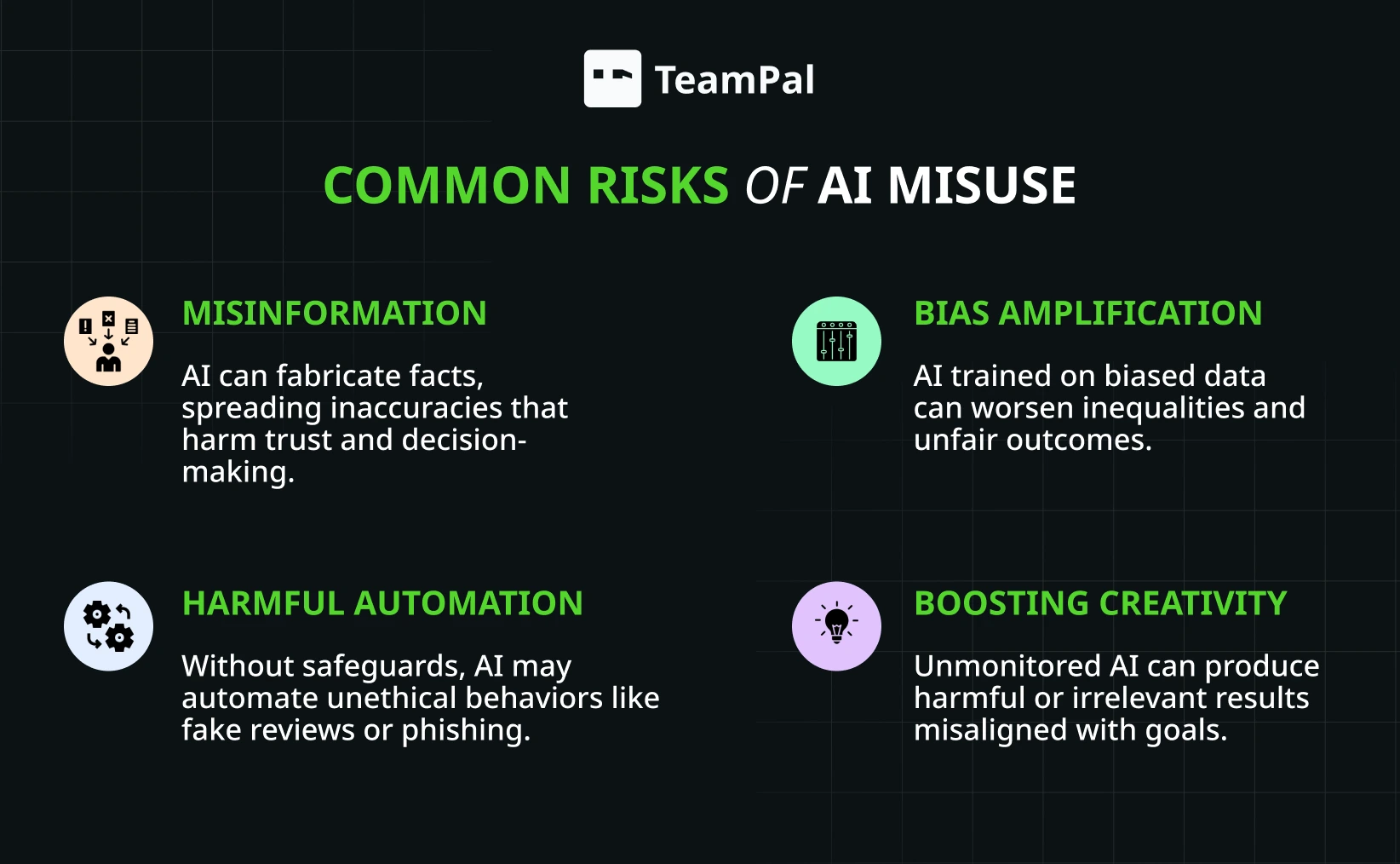
Common risks include:
Misinformation
Generative AI systems can sometimes fabricate facts or amplify inaccuracies, leading to the spread of misinformation, particularly in public-facing industries. If these inaccuracies go unchecked, they can damage trust and affect decision-making processes.
For instance, Generative AI tools for journalism may generate articles with fabricated statistics or unsupported claims if not carefully fact-checked. Newsrooms implementing such tools have faced public backlash for publishing misleading content.
Bias Amplification
AI systems are only as good as the data they’re trained on. When datasets reflect societal biases, AI can perpetuate and even magnify these inequalities.
For example, hiring algorithms trained on historical recruitment data have been shown to unfairly penalize candidates from underrepresented groups, perpetuating workplace inequalities. This problem arises when training datasets lack diversity or inclusion, underscoring the need for better data selection processes.
Harmful Automation
AI systems can unintentionally automate unethical or harmful behaviors at scale when safeguards aren’t implemented.
These behaviors include creating fake product reviews or phishing emails, damaging consumer trust, and enabling cybercrimes to flourish more easily.
Lack of Oversight
Unsupervised or poorly monitored AI systems can go off-course, producing irrelevant or harmful outputs that fail to align with organizational goals.
To mitigate these risks, experts recommend stress-testing AI systems regularly, embedding accountability frameworks, and ensuring continuous human evaluation. Companies that rely on AI need to build oversight mechanisms into their workflows to maintain proper alignment with their intended goals.
How to Make AI a True Partner in the Workplace
As we’ve explored, AI's potential to enhance productivity and innovation is immense—but achieving that potential depends on how it’s integrated. Poorly implemented AI can lead to significant pitfalls, from amplifying bias to automating harmful behaviors.
Here are five strategies to ensure AI becomes a trusted partner in improving workflows and outcomes:
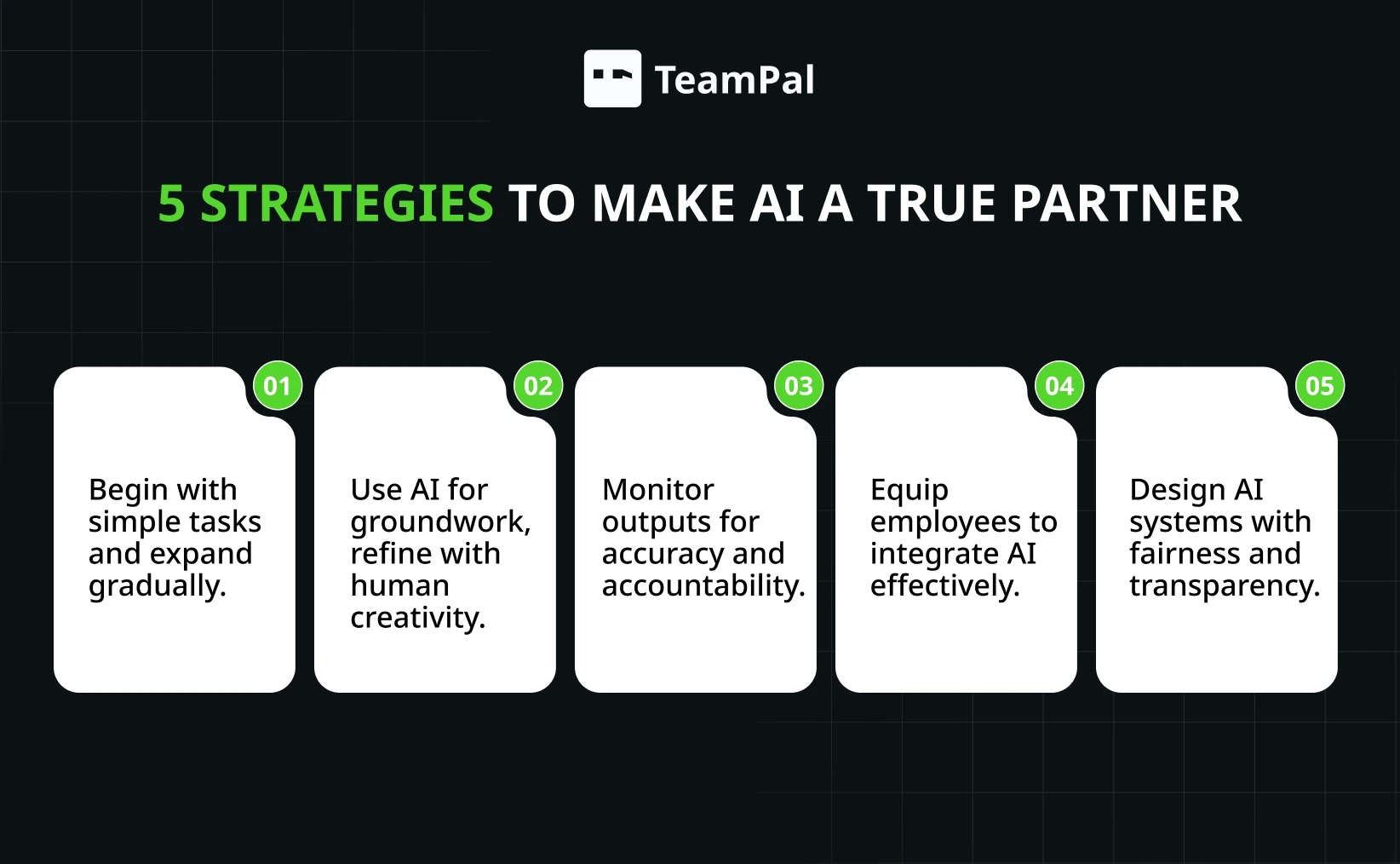
1. Start Small and Scale with Purpose
Adopting AI should never feel overwhelming. Start with simple, measurable projects to gauge its impact before scaling to more complex tasks.
-
How it works: AI handles repetitive, data-heavy activities such as automating email triage, organizing reports, or analyzing customer feedback, allowing employees to focus on high-value work.
-
Practical example: In HR, AI can filter resumes and assist with crafting interview questions. Once its effectiveness is proven, its application can expand to workforce planning or performance reviews.
-
Key takeaway: Gradual adoption allows teams to build trust in AI while minimizing disruptions and inefficiencies.
2. Use AI as a Co-Creator, Not a Replacement
Treat AI as a collaborator—a co-creator that enhances human expertise rather than replacing it entirely.
-
How it works: AI generates ideas, automates repetitive groundwork, and provides structured outputs, which humans refine, personalize, and elevate to meet creative or strategic goals.
-
Practical example: In product design, AI can suggest prototypes based on predefined parameters, but designers customize the final version to match user needs and brand objectives.
-
Key takeaway: This collaborative approach ensures that AI outputs are enhanced by the human touch, making the final results engaging, authentic, and impactful.
3. Build Transparency and Oversight into AI Workflows
AI outputs require consistent evaluation to ensure alignment with organizational goals and ethical standards. Transparency promotes trust and accountability.
-
How it works: AI systems offer actionable insights and automated outputs, but human oversight ensures results remain unbiased, accurate, and goal-oriented.
-
Practical example: Chatbots can respond to customer FAQs, but unresolved or complex issues should be escalated to a human agent for personalized support.
-
Key takeaway: Establish clear oversight frameworks to monitor AI outputs and keep humans in control of key decisions.
4. Train Your Team to Embrace and Master AI
Without proper understanding, employees may resist AI or fail to maximize its potential. Training fosters confidence and ensures meaningful AI integration.
-
How it works: Employees are taught how to interpret AI outputs and integrate the tools seamlessly into daily operations, increasing efficiency and output quality.
-
Practical example: Offering workshops or training programs on platforms like ChatGPT and other necessary AI tools can help teams learn how to creatively and effectively incorporate AI into everyday workflows.
-
Key takeaway: Empowered teams are more likely to adopt AI enthusiastically, using it as a tool to innovate and achieve more.
5. Focus on Ethical Implementation
AI should be built and used responsibly to ensure fairness, transparency, and unbiased results. Ethical deployment strengthens trust and credibility.
-
How it works: Ethical AI relies on diverse datasets, regular audits, and clear accountability to avoid bias and promote fairness in outputs.
-
Practical example: In hiring, companies can adopt diverse training data and monitor algorithms to create equitable opportunities for all candidates.
-
Key takeaway: Embedding ethical considerations into AI workflows protects organizations from risks while fostering trust among employees and customers.
AI in Action: Simplifying Business Workflows with TeamPal
AI’s ability to streamline workflows, enhance decision-making, and spark creativity has already transformed industries like healthcare, marketing, education, and many more.
For businesses of all sizes, this transformative potential becomes accessible through platforms like TeamPal, which bridges the gap between AI capabilities and real-world practicality.
With no coding required, TeamPal allows businesses to build their own AI workforce effortlessly. By simply inputting their business details, companies gain access to a suite of 80+ pre-trained agents designed to handle a wide range of tasks.
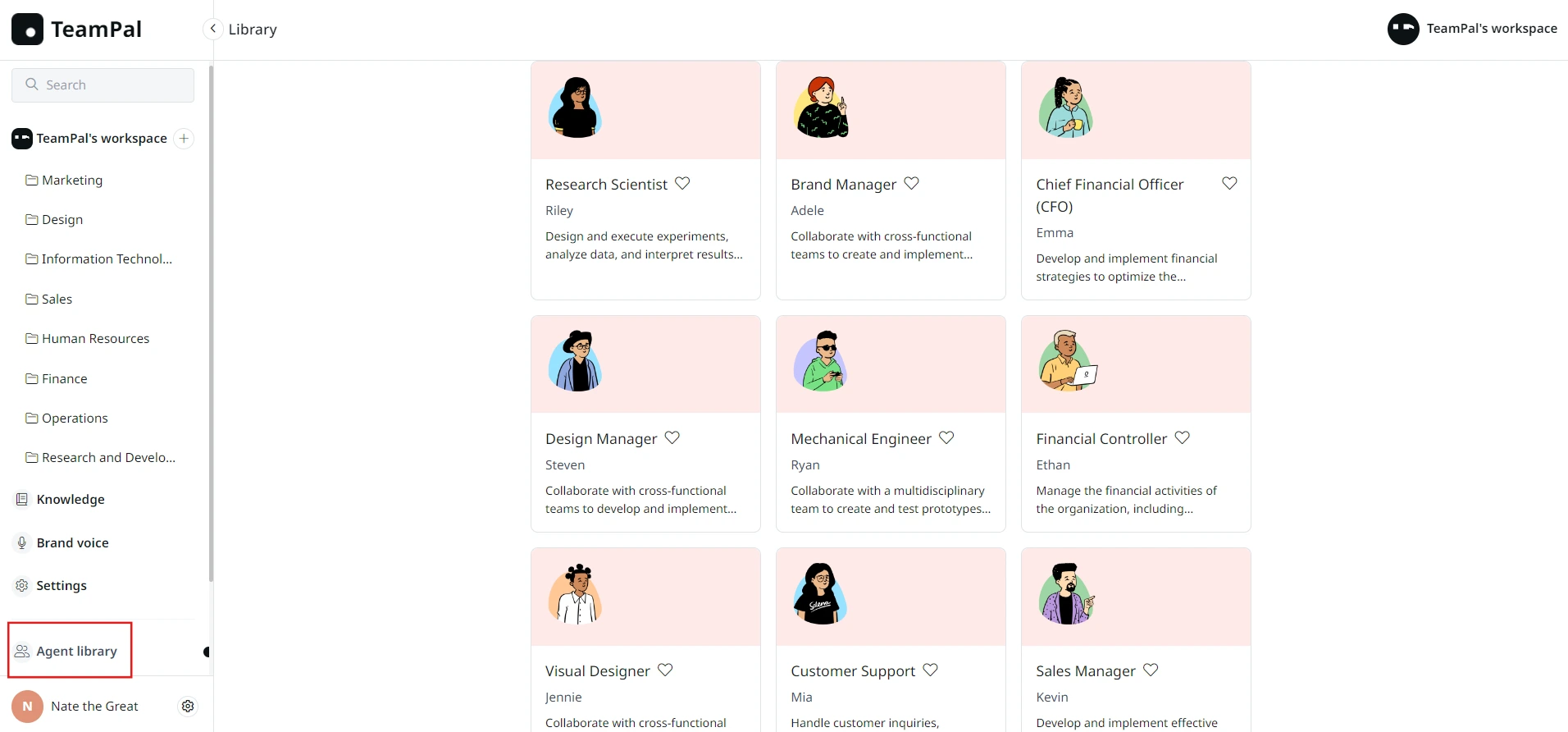
What sets TeamPal apart from general solutions like ChatGPT is its ability to tailor AI solutions to each business’s unique workflows and needs. Unlike one-size-fits-all models, TeamPal’s agents can be pre-configured to understand specific industries and align with individual business goals.
Say hello to our Roy from IT:
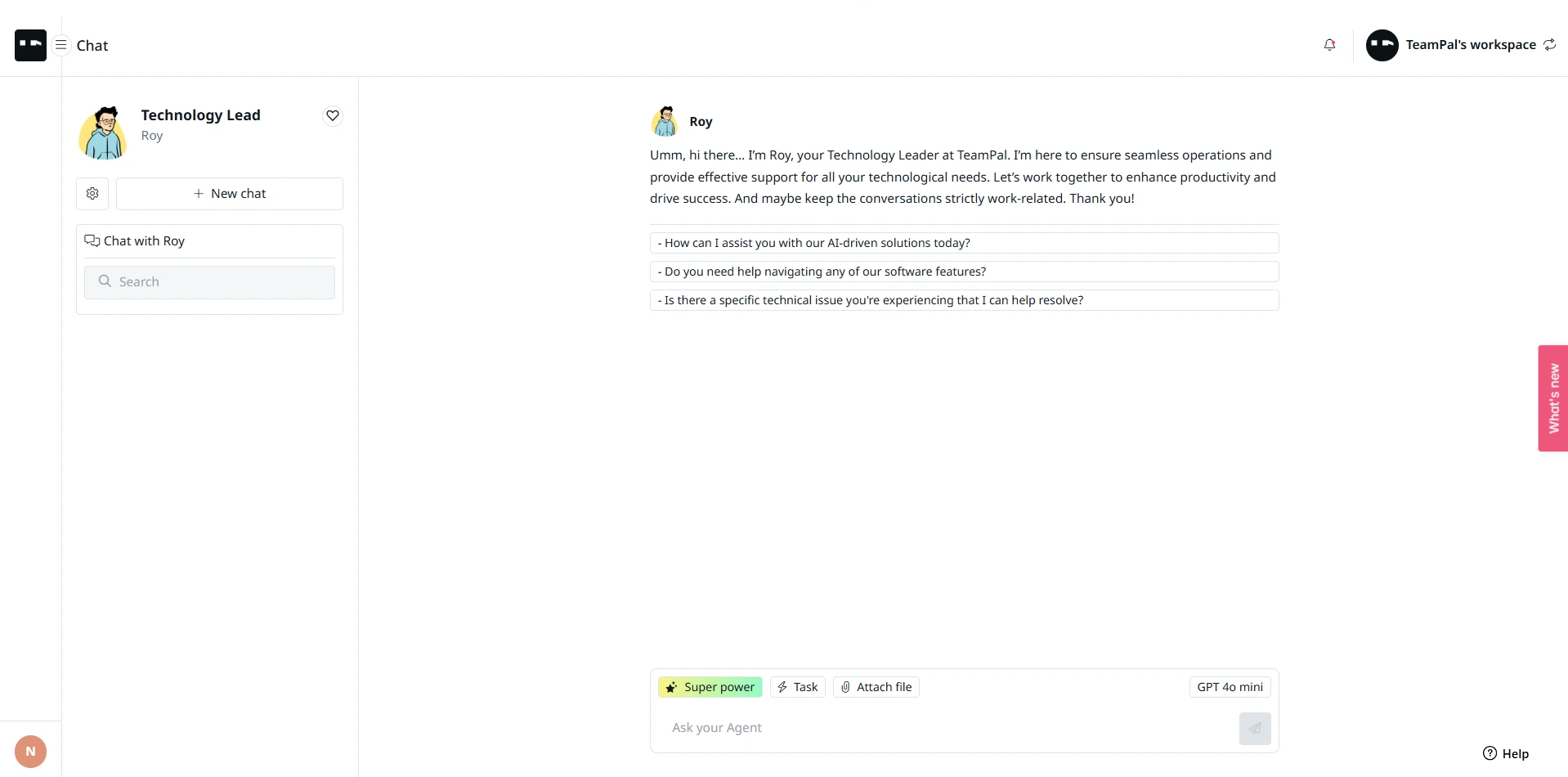
From market research to content optimization, TeamPal’s agents are tailored to understand and enhance workflows across industries. For more TeamPal product demonstrations, you can check out our use case series, which are updated regularly.
With its easy-to-use platform, TeamPal makes AI accessible for businesses of all sizes—empowering them to work smarter without the need for complex technical expertise.
Final Thoughts
AI’s value lies in its ability to create meaningful collaboration between technology and people. By automating repetitive tasks and generating actionable insights, AI enables teams to focus on what truly matters—creativity, innovation, and strategic thinking.
Platforms like TeamPal take collaboration to the next level by offering tailored solutions instead of general AI tools. With customized agents aligned to specific business needs, TeamPal bridges the gap between user-friendly integration and impactful results, empowering businesses to unlock their full potential.
As the future of work evolves, the partnership between humans and AI will drive innovation and success—helping businesses not just adapt but thrive in an increasingly dynamic landscape. Thoughtfully integrated, AI isn’t here to replace; it’s here to amplify.


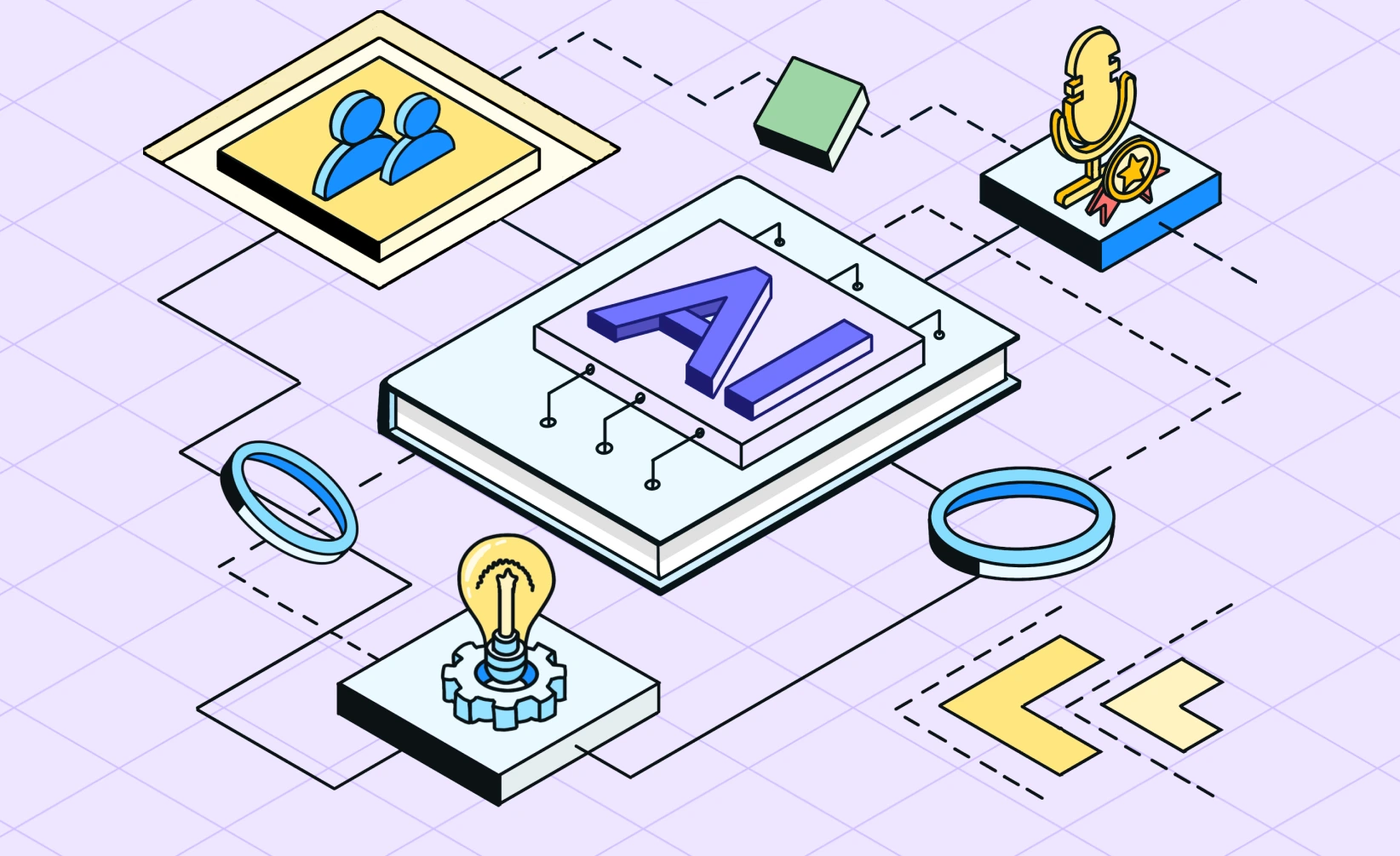
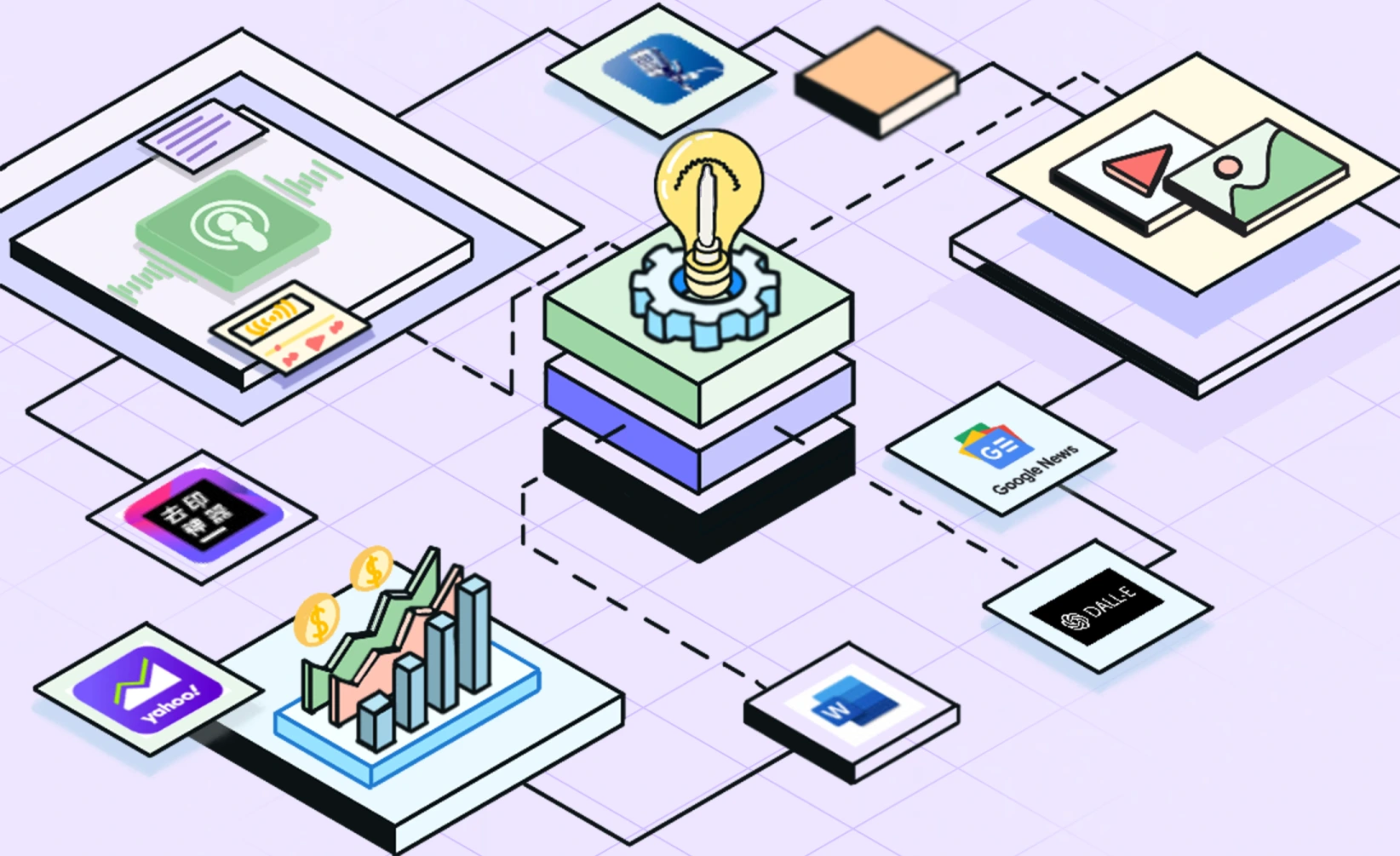

![[Product Update] Introducing Group Chat: Let Your AI Agents Work Together](/storage/photos/916/announcement-2/introducing-group-chat.webp)
![[Product Update] No More Prompt Copy & Paste: Meet Custom Tasks](/storage/photos/916/announcement-1/product-update-say-hello-to-custom-tasks.webp)

